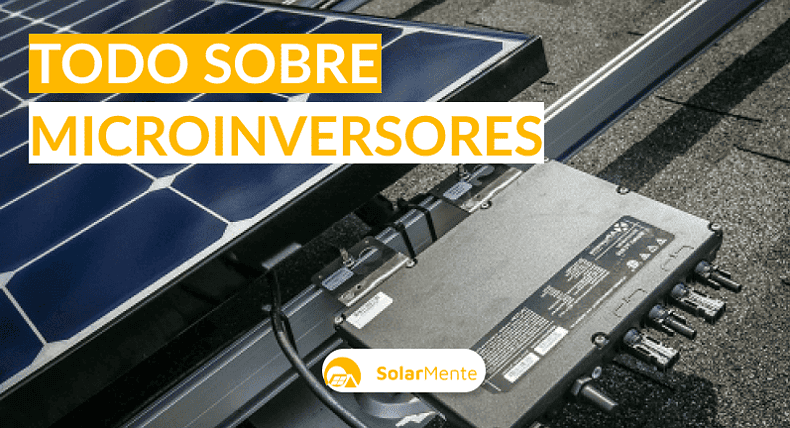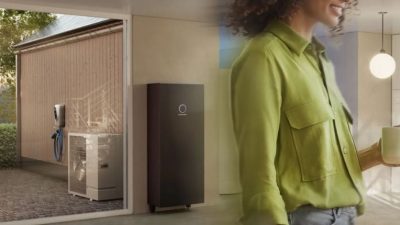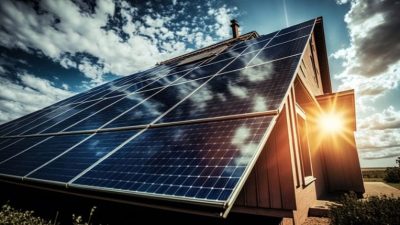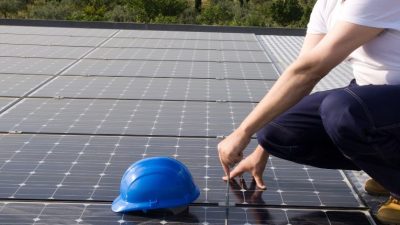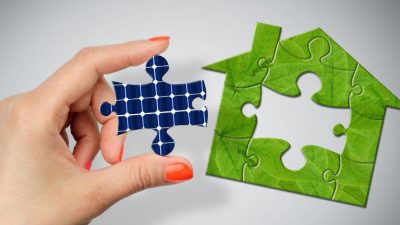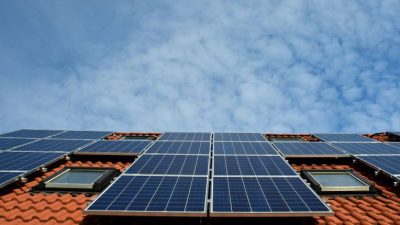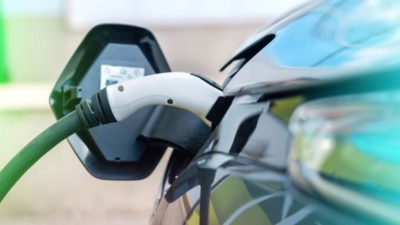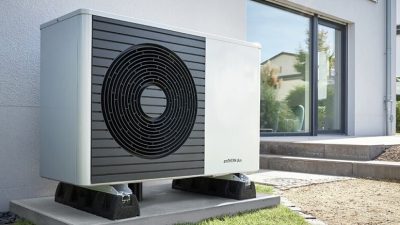In photovoltaic installations there are several components responsible for keeping the system in operation.
Among the most important of these are the solar microinverters.
Today we will tell you what they are used for, how they work and how they influence the photovoltaic system;
Let’s get started!
What is a microinverter and how does it work?.
They are a component of the solar energy system that have a great similarity with the common solar inverters, since their function is to convert the flow of direct current into alternating current.
It is a small-scale photovoltaic inverter that is installed on each of the solar panels.
Unlike string inverters, the microinverter controls and monitors each panel individually and its operation is independent for each panel, which means that, in the event of shadows or problems in certain panels, the total yield of the system is not affected.
Furthermore, energy conversion is not the only task performed by the solar microinverters, as they also send information related to the performance of the photovoltaic system;
Each microinverter sends data on the performance of the solar cell to which it is connected. In this way, the efficiency of the installation can be determined and the system can be monitored.
Advantages and disadvantages of microinverters
Like any product in this life, microinverters offer a series of advantages and disadvantages that you should consider before investing in them in order to maximise the performance of your solar panels.
Here are the main advantages of microinverters:
- Control and monitoring of each panel individually, optimising the production of each one at all times. If a microinverter fails or is damaged, the system remains in operation, whereas string inverters are not so lucky.
- Product warranty. Microinverters have a longer durability, up to 25 years.
- Their installation is simpler, as is maintenance thanks to their reduced size.
- Ideal for installations on complex roofs with more than three different orientations;
- You can expand the photovoltaic system if your energy needs change.
- They provide greater safety. By converting the current to alternating current immediately, the risk of electrocution is reduced.
And here are the disadvantages:
- It is a less economical system;
- It has a limited power output. It requires lower power solar panels for better optimisation of the system.
What is the difference between a microinverter and a central inverter?.
It is true that both elements transform direct current into alternating current, but there are a number of differences that need to be taken into account.
The efficiency between the two devices is different. If the solar panels are covered with dirt, the shadows are constant or the weather is cloudy for most of the year, the micro inverter will continue to produce energy, whereas the central inverter will reduce its output.
In terms of safety, the string inverter presents a higher risk of incidents because the high voltage direct current is combined. A micro inverter, however, remains at low voltage.
For the remaining differences between micro inverters and inverters, take a look at this article.
How long does a microinverter last? .
Microinverters have a lifetime of approximately 25 years, while a solar inverter lasts for 10 years;
If you look at the warranties, it makes a lot of sense;
Most inverters offer a warranty period of between 7 and 12 years, while microinverters offer a warranty period of up to 25 years.
How to know when to use micro inverters?.
The choice of such an element depends on the orientation of your roof and the climate.
Because if your home is constantly affected by shadows, it is advisable to opt for microinverters if you want to maximise the energy production of your solar panels.
Moreover, if your consumption needs change in the future, you will have the possibility of expanding the installation without any complications.
RELATED: Microinverters or inverters: which one is better?
At SolarMente, we make a customised design according to your needs.
We analyse all the factors of the house to determine the right equipment for you. Whether it is an inverter or microinverter, we only work with quality materials that guarantee their efficiency during their useful life.

